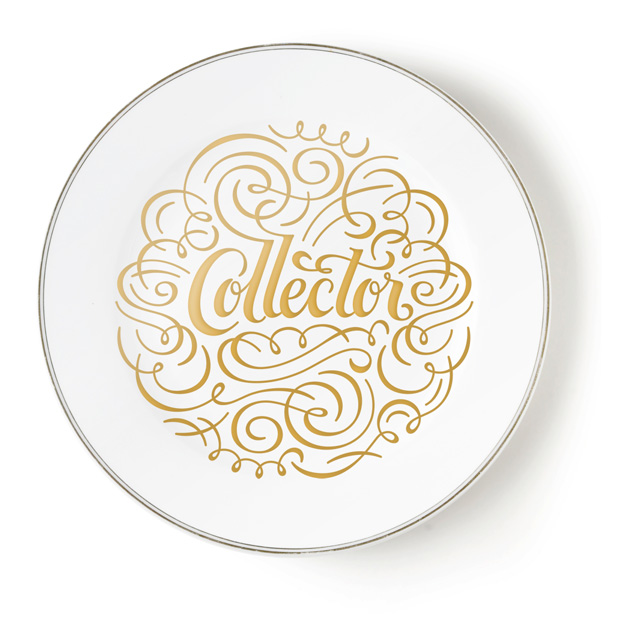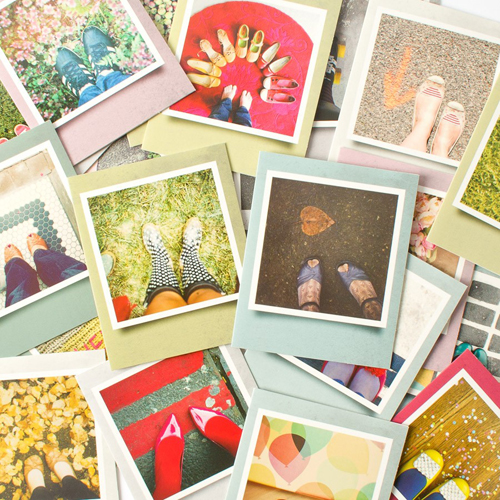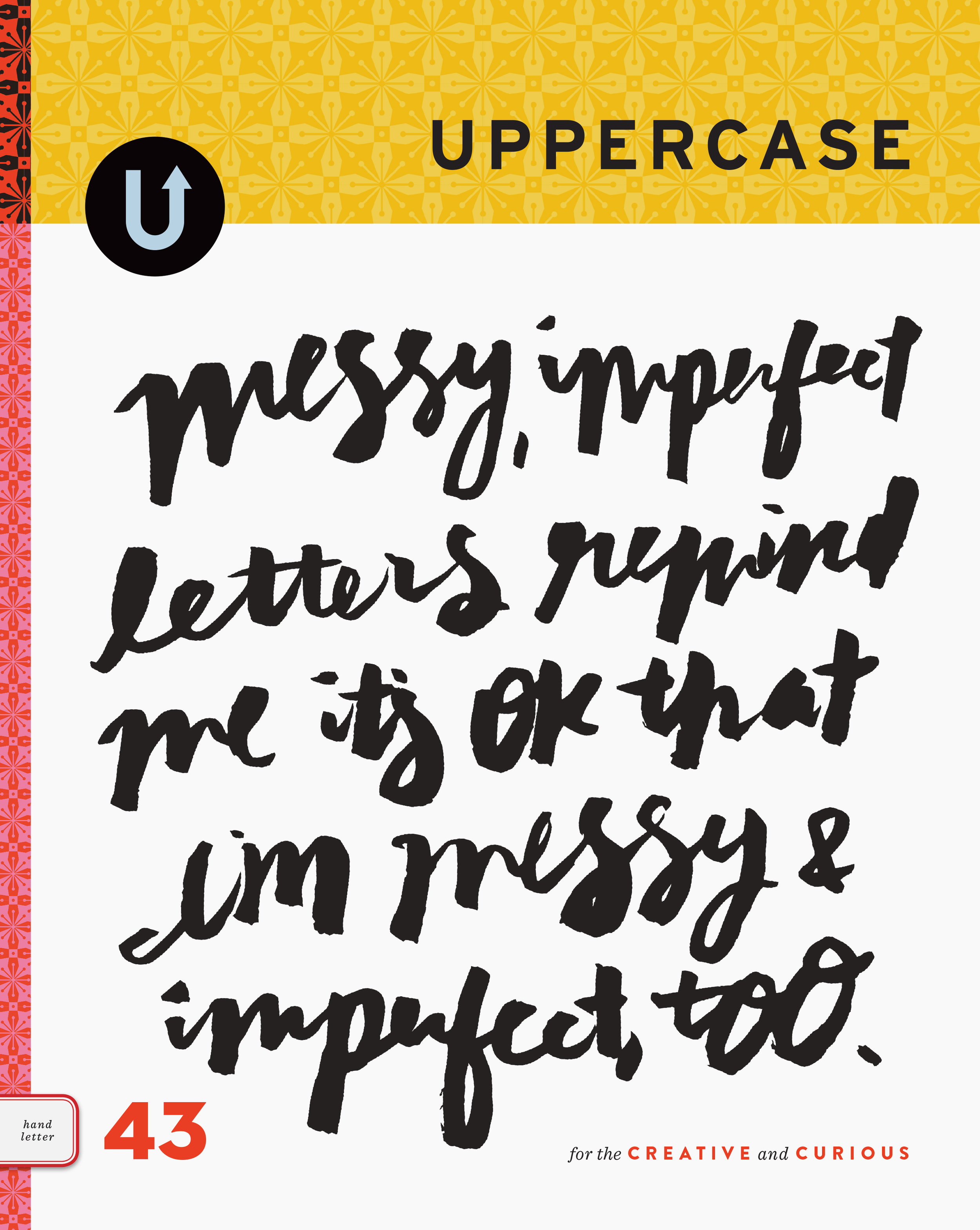love or no love?
/LOVE LOVE LOVE by UPPERCASE The poster I designed in 2009 and sold via my website. It was designed by typing the word love with various pressures on my Royal typewriter and then scanning and enlarging the results. See the original blog post here.
LOVE LOVE LOVE by The Gap This week, Eleanor came to work wearing this shirt. This isn't a new shirt, she recalls purchasing it maybe three years ago which would place both designs to the same time period (and right when my posters were making the blog rounds). This design from The Gap uses various weights of the font Trixie.
What do you think? Creative coincidence or lazy knockoff? Love or no love for The Gap?
However this tshirt came to be, it is old news now. And that's the thing... it is so difficult to police your designs once they are out on the web and in the world. If Eleanor hadn't worn the shirt to work, I would have never seen this design so very similar to my own. In the course of design career, my work has been copied and blatantly ripped off a few times. Unfortunately, there has been a case quite recently where I could very obviously trace the path from my work directly to some other company's product. In fact, I could overlay their design onto my original and trace the similarities in fonts, angles and placement of elements—let alone that the overall impression of the design was that it looked like it was by UPPERCASE. I sent polite but firm letters to the offenders, consulted with a lawyer and was very disappointed with my lack of choices to see the wrongs made right. Ultimately, I decided that I could not commit the time, emotional energy or funds to pursue it and I had to just "let it go". But the disappointment lingers and I wonder how the infringement will affect my income. It is very hard to let it go.
NOT LETTING GO: ANOTHER TSHIRT TALE
Modern Dog is a Seattle-based design firm who is standing up to the big guys in another case of infringement on a tshirt. They have chosen to fight, at considerable expense and effort. In order to offset the costs, they have set up a website which accepts donations to help in their legal bills. I made a small donation to show my support.
Modern Dog writes: "Compelled to make things right, we entered into a lawsuit that is now a year in the making. If anyone had asked me a year ago if I thought this case would drag out for months, I would have said no. I naively believed that this case would be settled in a few weeks.
Boy, was I wrong.
We find ourselves in a battle with some of the biggest corporations in the world, and we have no idea how long and hard they intend to fight as they have seemingly unlimited resources. Our jury trial date is not until September 2013, in that time the process could easily bankrupt us. We need money to see this case go to trial; money for depositions, forensic accounting, expert witness testimonies, and other expenses related to the case.
In June of 2012, I made the decision to sell our Greenwood house, partly to reduce our overhead expenses, and partly to fund the lawsuit. I realize now that we are in it for the long haul. I cried the day I handed the new owners the keys, but I also felt a sense of relief because I knew that I personally would be able to help my company fight."
Please help the underdogs.
And do your part when it comes to respecting intellectual property. Know the difference between inspiration and infringement. Don't put images on Pinterest if you don't know who created them. Don't repin or post without attribution. Give credit where credit it due.




















































